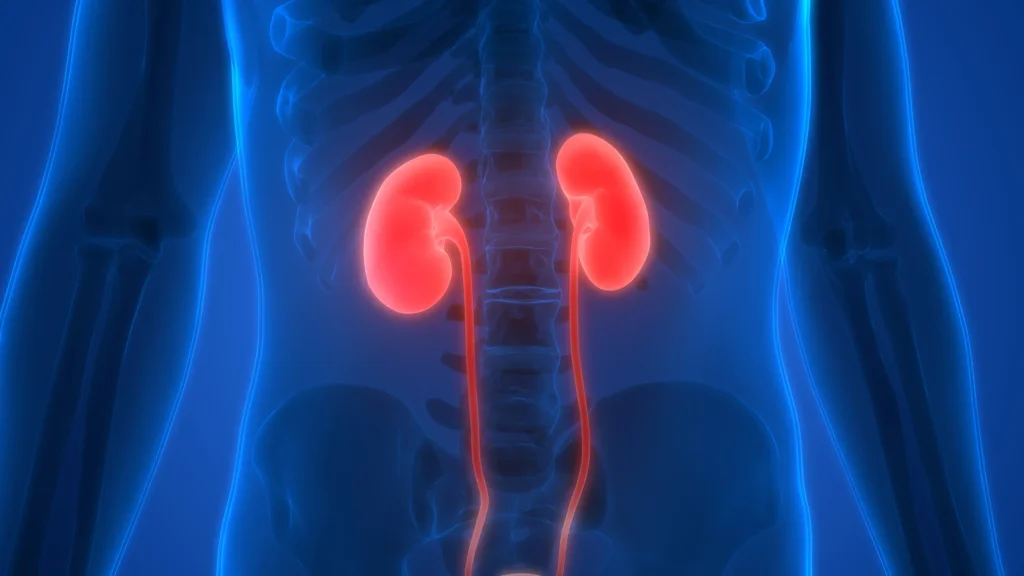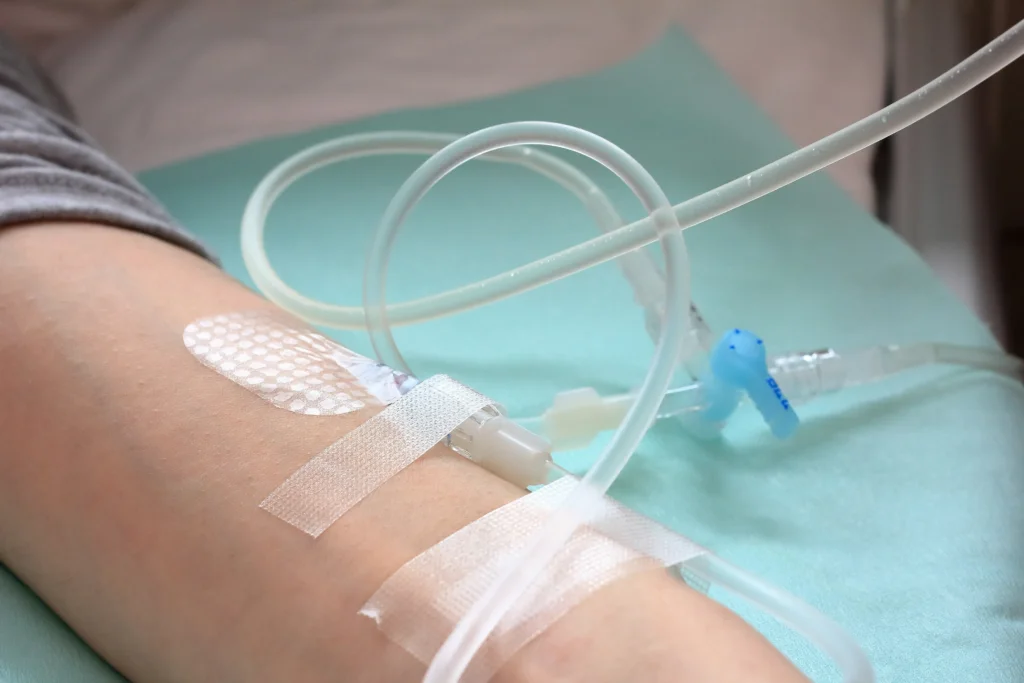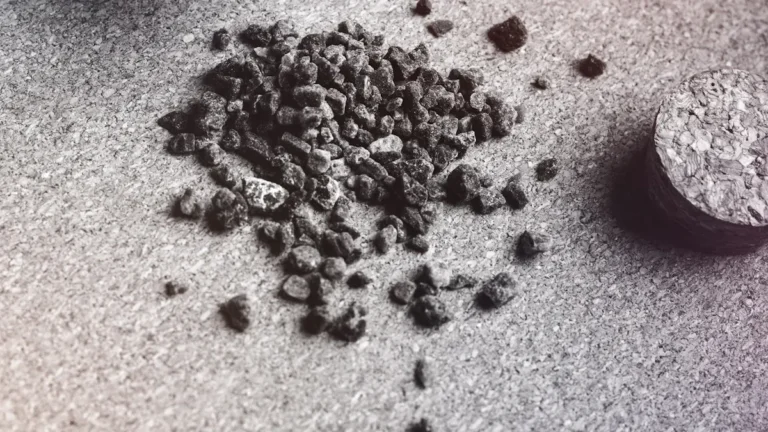Medicine Activated Carbon
.webp)
Buy Medicine Activated Carbon
Industry Challenges
Clinical Practice Misconceptions
- Old traditions (e.g., the "1-hour window" for treating poisonings) have limited the use of some interventions, even though evidence supports the later administration (i.e., up to 4 hours) for certain toxins.
- The risk of advancing toxicity is hardly ever taken into account, resulting in varied policies in emergency situations.
Technical or Manufacturing Limitations
- Controlling particle size is crucial for drug delivery (e.g., lymphatic targeting in cancer treatment) and optimized nanoparticles from both a size and surface area and can result in aggregation and loss of adsorption capacity.
- Excipients in the formulation (e.g., dispersants) could decrease loading efficiency.
Regulatory and Quality Inconsistencies
- Several pharmacopieas (consumers such as USP, EP, ChP) have differing specific standards regarding purity, adsorption and endotoxin limits, which makes it difficult to adhere to all standards cross-nationally.
- The "activated charcoal for injection" is not formatted with a single specification, which could raise contamination risks in alternative pathological drugs.
Side Effect Management
- Aside from oral use, constipation is a mission for treating hyperphosphatemia, and accounts for adjuncts that would generally have inclusion for use.
- The combinations must have a determined dose that fulfills the twofold needs of efficacy with gastrointestinal tolerability.
related types of activated carbon
-r8fslg51nt6wgjtvh6yldxb1gtkgm3lpe0oq1akgog.webp)
- Iodine Value: 600-1200
- Mesh Size: 1×4/4×8/8×16/8×30/12×40/20×40/20×50/30×60/40×70 (More size on request)
- Apparent Density: 400-700
-r8fsli0q1h9h3rr567ruiwtynlb71ht629zozuhoc0.webp)
- Iodine Value: 500-1300
- Mesh Size:0.9-1mm/1.5-2mm/3-4mm/6mm/8mm(More size on request)
- Apparent Density: 450-600
-r8fslbfupn0gui0p8mxgjghqhw7mjm31pdfamwrfjk.webp)
- Iodine Value: 500-1300
- Mesh Size: 150/200/300/350 (More size on request)
- Apparent Density: 450 – 550
-r8fsle9da54btbwls65c8xs4a1tq6pe8prdr2qn90w.webp)
- Iodine Value: 400-800
- Mesh Size: 100×100×100mm/100×100×50mm (Custom cell density on request)
- Apparent Density: 350-450
- Bore Diameter:1.5-8mm

- Iodine Value: 700-1200 mg/g
- Surface Area: 700-1200 m²/g
- Apparent Density: 320-550 kg/m³

- Iodine Value: 700-1200 mg/g
- Surface Area: 700-1200 m²/g
- Apparent Density: 320-550 kg/m³

- Iodine Value: 700-1200 mg/g
- Surface Area: 700-1200 m²/g
- Apparent Density: 300-650 kg/m³

- Iodine Value: 700-1200 mg/g
- Surface Area: 700-1200 m²/g
- Apparent Density: 320-550 kg/m³

- Activation Method: Steam/gas activation at high temperatures
- Pore Structure: Microporous-dominated, uniform pore distribution
- Environmental Profile: Chemical-free, low ash content
- Primary Applications: Gas-phase adsorption, drinking water purification

- Activation Method: Chemical activation (e.g., H₃PO₄/ZnCl₂) at moderate temperatures
- Pore Structure: Mesoporous-rich, higher surface area
- Process Efficiency: Shorter activation time, 30-50% higher yield
- Post-Treatment: Acid-washing required to remove residues

- Functionalization: Loaded with active agents (e.g., I₂/Ag/KOH)
- Targeted Adsorption: Enhanced capture of specific pollutants (e.g., Hg⁰/H₂S/acid gases)
- Customization: Chemically optimized for target contaminants
- Core Applications: Industrial gas treatment, CBRN protection
Why Use Our Activated Carbon

Ultra-High Purity Profile:
Meets stringent pharmacopeial standards for heavy metals and endotoxins critical for injectable and implantable medical products.

Precisely Engineered Porosity:
Optimized pore structure ensures superior adsorption kinetics for target toxins and therapeutic agents.

Batch-to-Batch Consistency:
Rigorous quality control guarantees reliable performance in emergency and chronic treatment protocols.

Regulatory Documentation Support:
Comprehensive certification packages simplify compliance with global medical device and pharmaceutical regulations.

Surface-Modification Readiness:
- Surface-Modification Readiness: Customizable functional groups enable advanced drug-loading capabilities for targeted therapies.
Process and Technolog
1. Emergency Poisoning Treatment
Solution Overview
Oral administration of activated charcoal slurry to adsorb ingested toxins in the gastrointestinal tract before systemic absorption.

Key Advantages
- Broad-spectrum adsorption: Binds diverse toxins including pharmaceuticals, pesticides, and chemicals
- Rapid intervention: Physical adsorption mechanism acts within minutes of administration
- Minimal systemic absorption: Remains within GI tract and is excreted with bound toxins
- Reduces morbidity: Limits toxin bioavailability and organ damage potential
2. Chronic Kidney Disease Management
Solution Overview
Oral charcoal-based sorbents used as phosphate binders to reduce dietary phosphate absorption in hyperphosphatemia.

Key Advantages
- Non-calcium alternative: Avoids vascular calcification risks associated with traditional binders
- Reduces mineral imbalance: Specifically targets phosphate ions while sparing essential electrolytes
- Gut-restricted action: Acts locally without systemic drug interactions
- Improved compliance: Lower pill burden compared to some alternatives
3. Topical Wound Care
Solution Overview
Charcoal-impregnated dressings for malodorous, exuding wounds like fungating tumors or infected ulcers.

Key Advantages
- Odor control: Adsorbs volatile compounds causing wound malodor
- Bacterial binding: Reduces surface microbial load through physical adsorption
- Exudate management: High fluid absorption capacity maintains moist wound environment
- Non-adherent properties: Minimizes tissue trauma during dressing changes
4. Drug Delivery Enhancement
Solution Overview
Charcoal nanoparticles as carriers for targeted therapeutic delivery, particularly in oncology applications.

Key Advantages
- Controlled release: Modifiable pore structure enables sustained drug elution
- Lymphatic targeting: Particle size optimization facilitates lymph node accumulation
- Protective function: Shields drugs from premature degradation in GI tract
- Synergistic loading: Simultaneous delivery of multiple therapeutic agents

